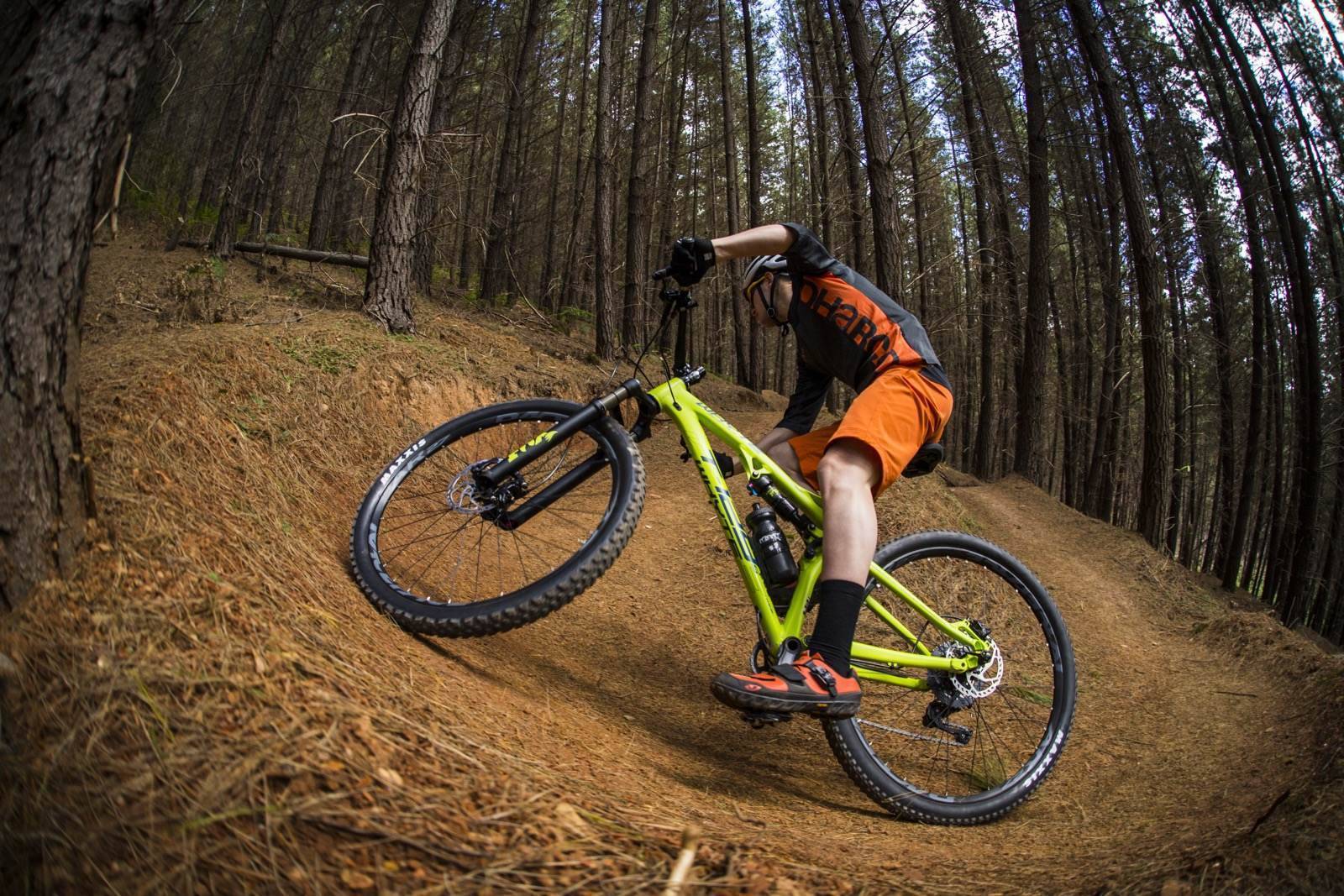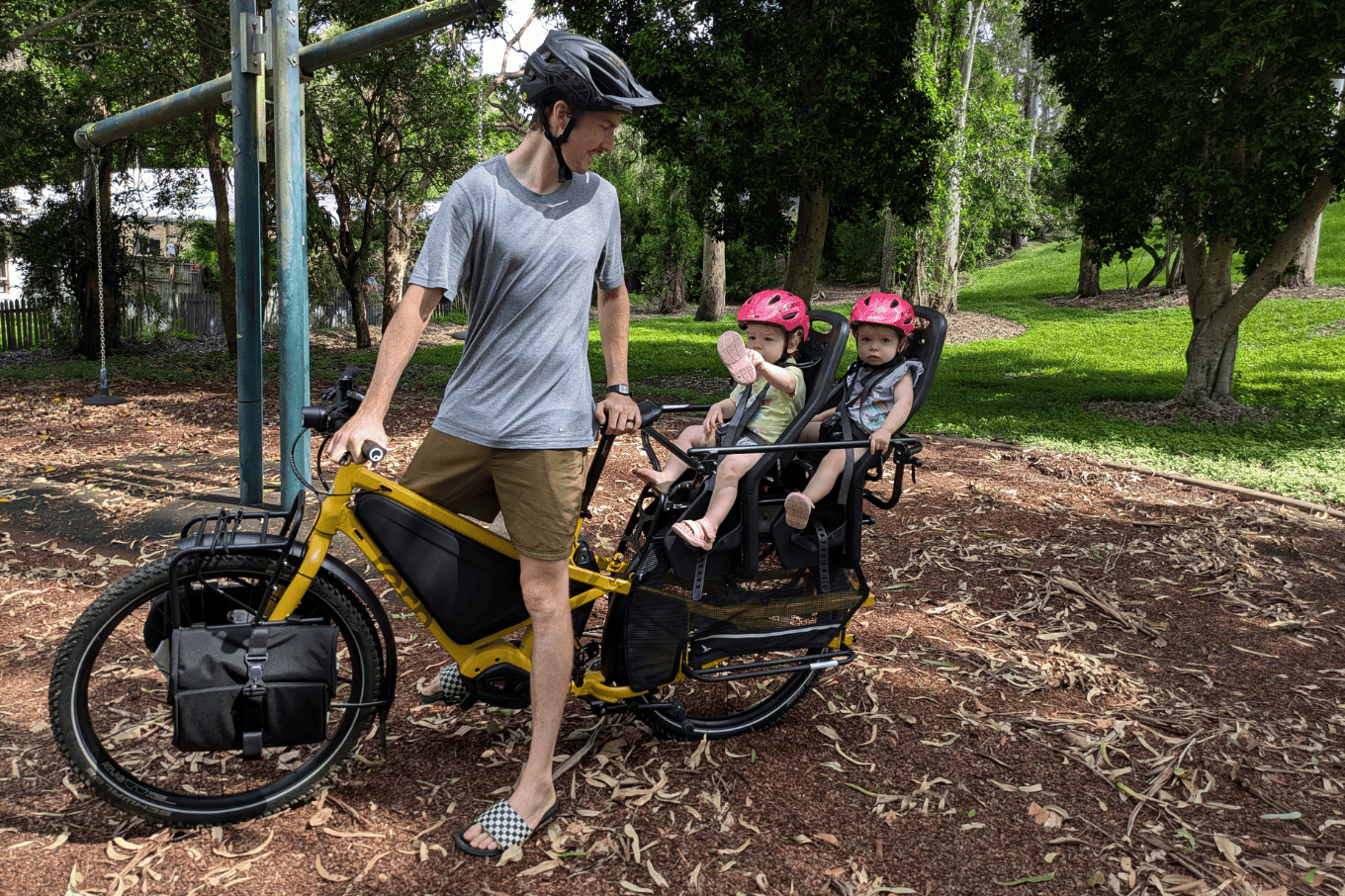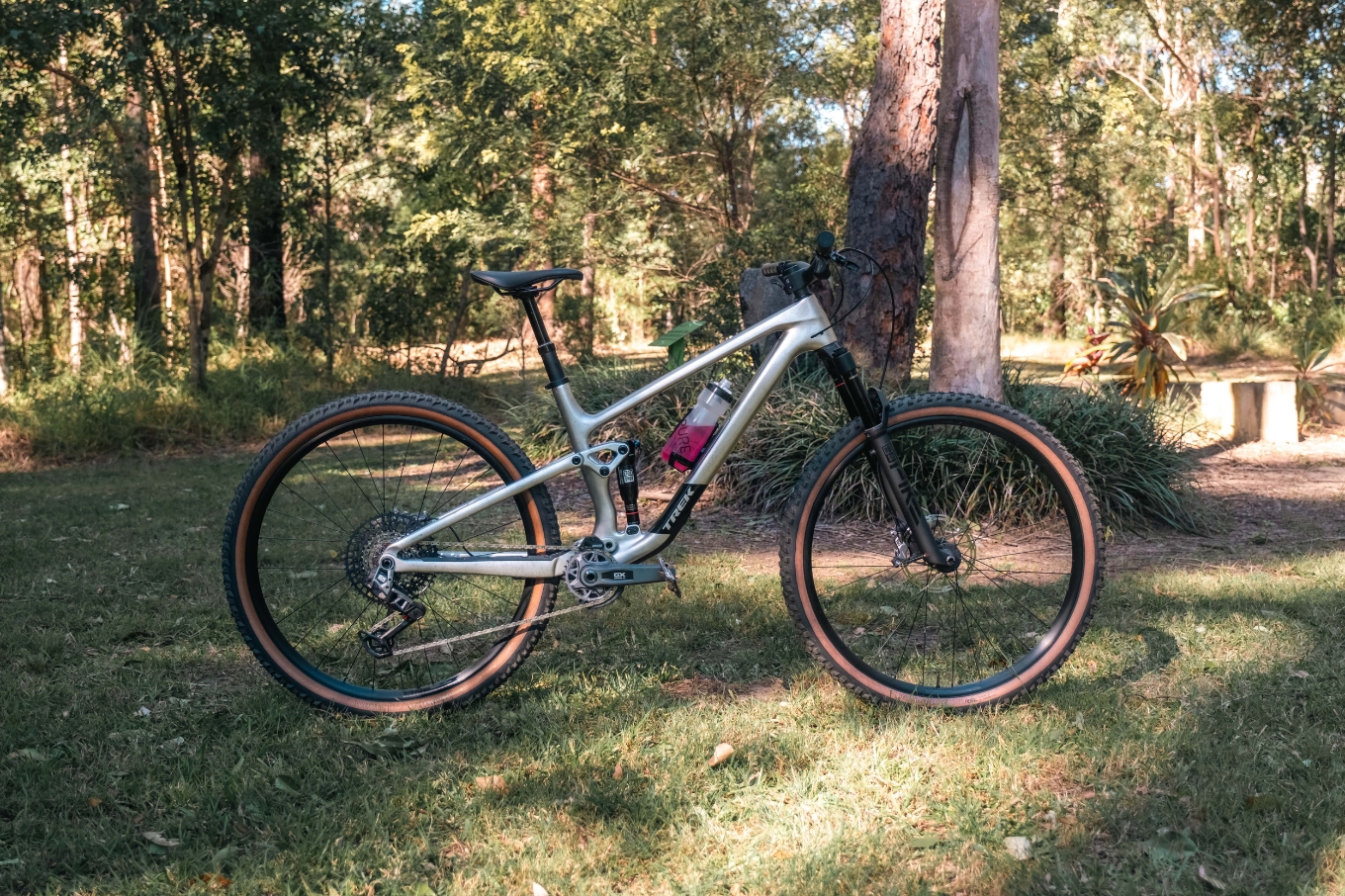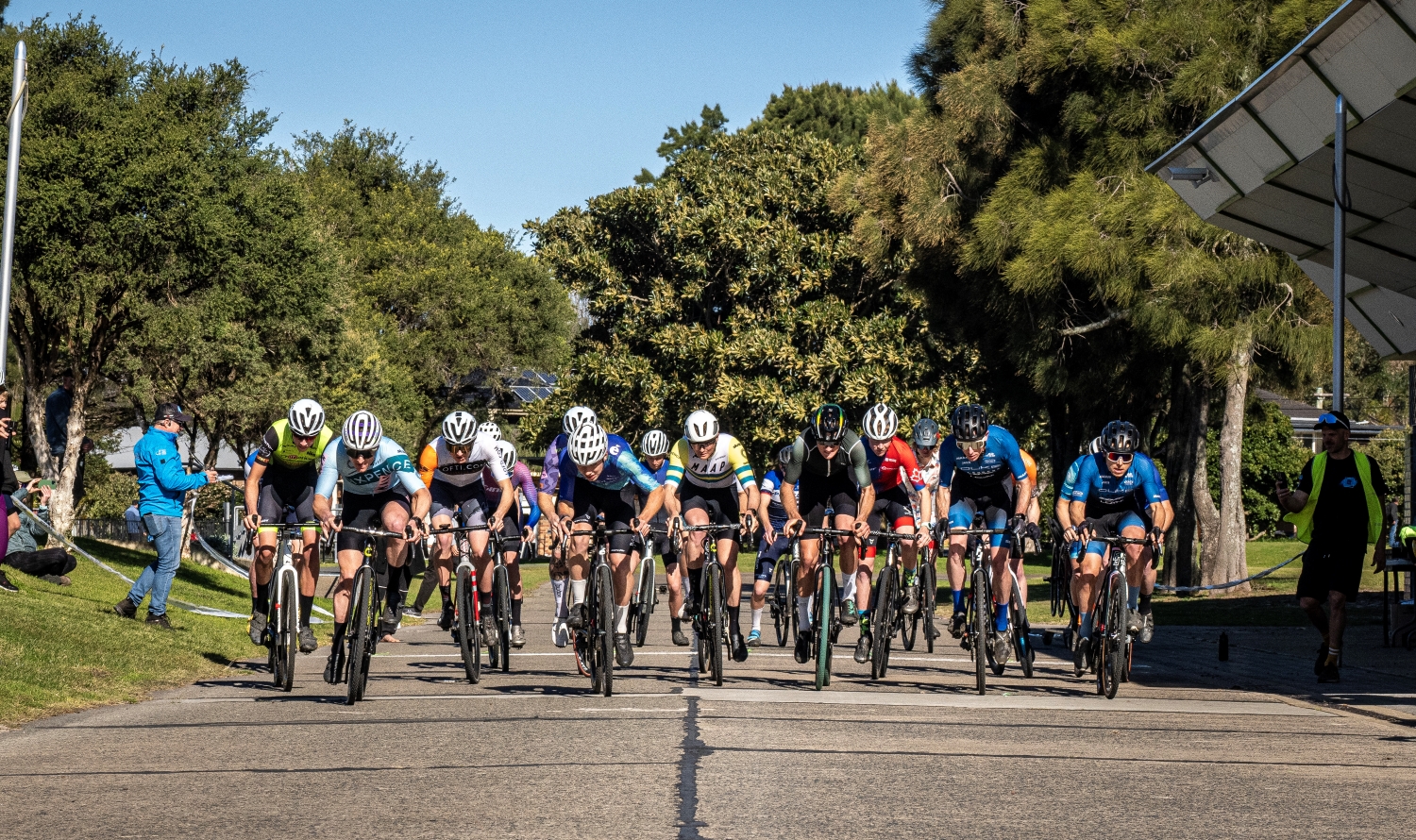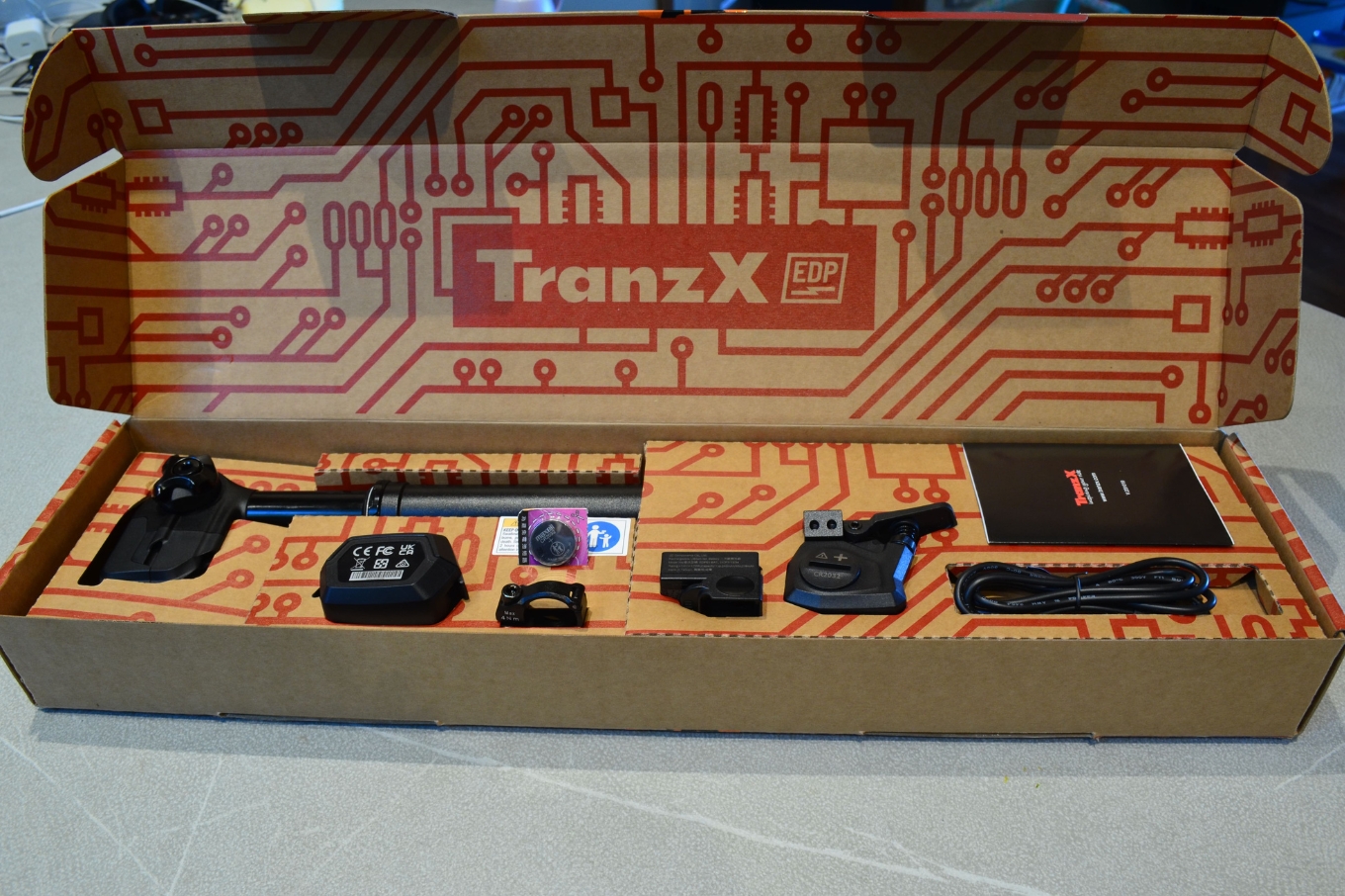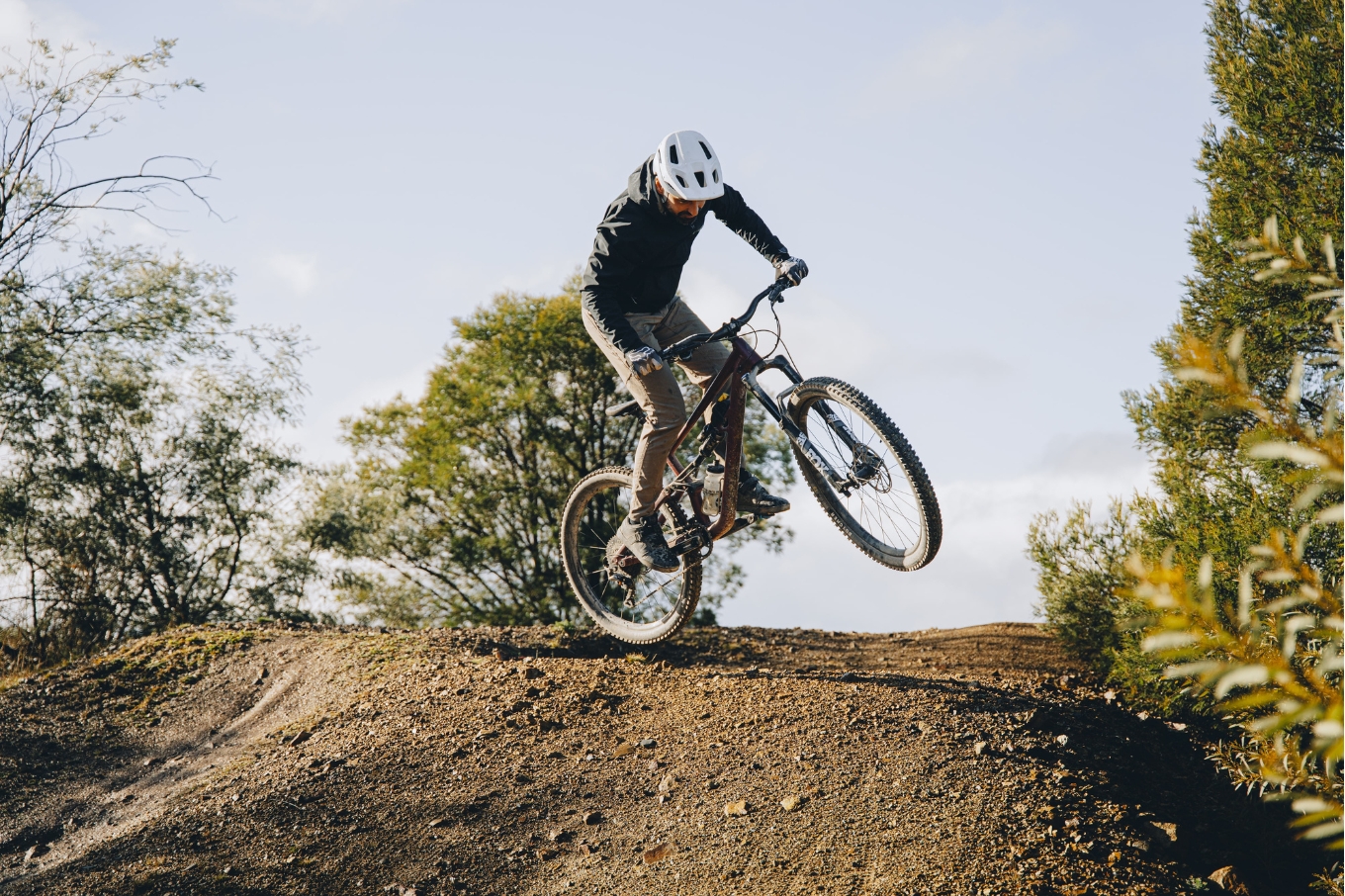TESTED: Whyte T-129 S
While Whyte’s all trail and enduro bikes, like the T-130, have been getting a lot of attention lately, Whyte also produce shorter travel bikes such as the T-129S, with 120mm of bounce and 29-inch wheels. Whyte call the T-129S the fastest trail bike they’ve ever made and claim its ‘sure-footed and hop-and-pop ability’ will be a blast to ride.
Photographer: Tim Bardsley-Smith
Tester: Sebastian Jayne
Riding Experience: Over 6 years racing national and international XCO
Generally Rides: Norco Revolver FS 29
Height: 175cm
Weight: 65kg
Bike Test Track: Bright
RRP: $4599
Full specs: Via the Whyte Bikes website
Proudly born and bred in the wet and dirty hills of Britain is the Whyte bicycle company. These bicycle makers have been pumping out sweet rigs since 1994, and are home to multiple award winning bikes that can stand any beating from the wet British weather. The weatherproofing and the reliability of Whyte’s frames are not their only drawcards with many of their frames being hailed for their fabulous ride characteristics. While Whyte’s all trail and enduro bikes, like the T-130, have been getting a lot of attention lately, Whyte also produce shorter travel bikes such as the T-129S, with 120mm of bounce and 29-inch wheels. Whyte call the T-129S the fastest trail bike they’ve ever made and claim its ‘sure-footed and hop-and-pop ability’ will be a blast to ride. Can the T-129S live up to its heritage and hype? Let’s get it on the trail and see.
Initial impressions
Fluoro is in! A number of bike companies have recently been coming out with loud and vivid coloured bikes hoping to grab people’s attention and get them thinking, “damnnn!”. Whyte are no exception, with the T-129S coming in a very noticeable fluoro yellow, but thankfully not the obnoxious kind. Just dull enough to not be confused with the sun but enough to look great. The ‘S’ version of the T129 group is the lower of two, with the ‘RS’ making some upgrades to running gear and suspension.
While the ‘S’ may be draped in entry level componentry, its frame remains the same as the top level model and that means it utilises a lot of neat weatherproofing bits and pieces for which those in wet weather climates will be thankful. Up at the seatpost, this weatherproofing comes in the form of an integrated seat clamp to fix the Stealth Rockshox Reverb dropper to the aluminium frame. Also added to the seatpost area is a neat rubber stopper that covers the seatpost-frame connection and stops any water and grit getting inside the frame. It’s small details like this that certainly add up over the lifetime of the bike and keeps it smashing ruts instead of sitting in a workshop.
Although the parts may be entry level, they are certainly the pick of the bunch with reliable components chosen over cheap accessories. Shimano’s SLX groupset keeps the gears ticking over out the back and makes use of the technology from Shimano’s higher offerings but in a cost-effective package. A RaceFace single ring (28t) and crankset and standard body Shimano brakes round-out the groupset. Whyte use some in-house parts for the cockpit of the T-129S including a 40m stem and trail friendly 760mm wide alloy bars.
The bouncy bits come from Fox with their latest entry level Rhythm 34 up front and Float DPS Performance out the back. The Rhythm uses the FIT GRIP damper from the Performance line and drops the quality of the aluminium to keep the cost low. First contact with the ground is made through Maxxis rubber with the relatively fast rolling Crossmark II used on the rear and the more aggressive Tomahawk digging the front into the dirt. The use of Boost spacing in the hubs at both ends of the bike highlight how aggressive Whyte are hoping you’ll ride the T129S. So let’s get it dirty and see how it holds up.
On the trail
If you know a thing or two about bike geometry, you’ll get a pretty good idea of what Whyte have attempted to make with the T-129S after the first ride, or even just looking at the geometry specs. Most of the measurements across the bike are relatively similar to other brand’s offerings in the 110-130mm travel, trail bike range. But one outlier that is immediately noticeable when you get on the bike is the 67-degree head angle. Have no idea what that means? Well for reference, similar offerings from Santa Cruz, Yeti and Norco have a head angle range from 67.4 to 68.5 degrees. That makes the Whyte T-129S slack, very slack.
Numbers schmubers, right? So how do these angles feel when you ride? When paired with a 40mm stem, this slack head angle begs you to take the T129S to the steepest terrain and set it loose. When you get on, you do notice the front axle a long way out in front, especially if you’re coming from a traditional XC setup. Out on the trail, this head angle does a few things, but most importantly it puts you in a great position to tackle steep trails with confidence. With the front wheel tracking further out in front, compared to a steeper head angle, there is less chance of your weight shifting too far forward and sending you off line or a tad worse, over the bars.
For such a slack bike, the climbing performance was fairly good although it was a bit more of a struggle to get over the front of the bike on steeper sections than I had anticipated, and the sharp handling was a bit too sharp at times. Cruising up respectable gradients was a breeze though, and the T-129S sat you in a comfortable position with a nice reach that wasn’t cramped or stretched out. The pedalling platform offered by the rear suspension and linkage was great and I didn’t find myself needing to reach for the Fox Float rear lockout at any point.
Out on the trail, the suspension performed very well for the price point. Repeat compressions that require the suspension to work a bit more did highlight the shortcomings that are common in this entry level area. Though, given these shortcomings, their performance on small and large hits did feel surprisingly good with a predictable reply coming from the rebound and a nice ramp rate that gave you confidence that you’re not going to bomb through all 120mm of travel after only a small drop.
The slack head angle and solid suspension points you in the direction of steeper and more technical trails and, in the real world, this was the case; as during the test I felt the most comfortable on downhill and enduro style trails. The position was stable at high speeds and through the fast corners the T-129S absolutely rips! Popping out of berms, changing lines and generally playing with the trail was fun. This was certainly aided by the short 430mm chain stays and along with the added playfulness, the short rear end made managing the 29er wheels far easier and I actually thought I was on 27.5” wheels at one point. The tyres do contrast each other with such an aggressive front paired with a smooth rear but this is common in trail bikes of late. Out on the trails the tyre combination worked well although given the frames keenness for steep trails a more aggressive rear tyre could let you push a little harder.
What about trails that aren’t steep? This is where the T-129S confuses me, as being a 120mm trail bike it isn’t your first thought to take it to a steep trail and rip. Flatter tracks had me feeling a bit out of place and not able to attack the trail as I had done on the steeper trails. The handling felt a little wayward on flat corners and I was left wanting to get over the front of the bike and push the front wheel into the ground but the slack head angle and short stem had me feeling a bit upright and cramped. The bottom bracket height is 335mm which seems an odd pairing in relation to its head angle as I would have expected the head angle to slacken and the bottom bracket to drop a tad more to feel a bit more balanced. The short chainstays did alleviate my woes somewhat on the flatter trails though, as I could still power out of corners and ‘hop and pop’ around the trail albeit with a slack frontend.
The componentry performed very well throughout the test with the SLX groupset ticking the gears over smoothly and the non-series Shimano brakes grabbing the rotors surprisingly well for an entry level part. The RaceFace Aeffect crankset and chain ring are becoming common as a stock part and I’m yet to drop a chain using the ring. The Rockshox Reverb dropper post was another reliable component with consistent performance and it was a welcome relief on the steep trails to get the seat completely out of the way.
Given Whyte’s heritage as a British brand, it makes sense that the T-129S attributes are geared towards steep and tight trails where you need to ‘hop and pop’ around the trail and maintain a stable platform while doing so. Although I had some doubts about the T-129S while riding on flatter trails, they were quickly overlooked when it came time to blast down trails it liked and I often forgot I was only riding on 120mm of travel. Instead of getting bogged down in loads of travel, I was able to play and feel the trail a lot more, which heightened the playfulness of the bike and made it very responsive to even the smallest of rider inputs.
Our take
With an aim to take you to the trails and give you a sure-footed trail bike with ‘hop and pop ability’ I think Whyte have delivered. Its minor shortcomings can be quickly overlooked in favour of its strengths, especially considering how capable it can be given the right terrain. If you’re coming from an XC style bike, the T-129S may feel odd if you’re not familiar with the slack geometry but if you’re coming from an enduro or downhill bike this slackness will have you feeling right at home and with its lower travel, you’ll be able to shred a wider range of trails than with bikes at opposing ends of the spectrum. My overall take-home message would be the T-129S is a short-travel, big-wheeled all-mountain bike as opposed to a long-travel XC bike. So if you’re looking for a very capable trail bike that can smash runs of steep and technical trails but also can be ridden on lower trails, the T129S could be a great option.

